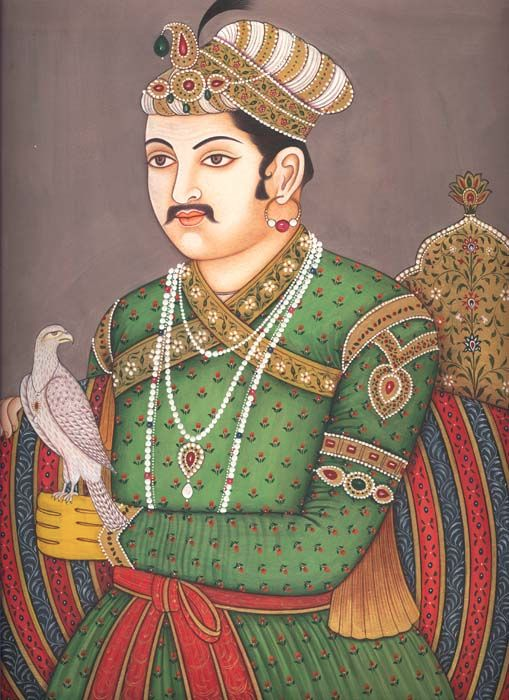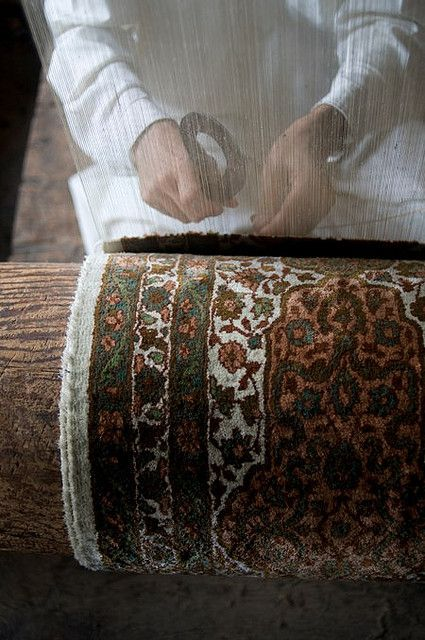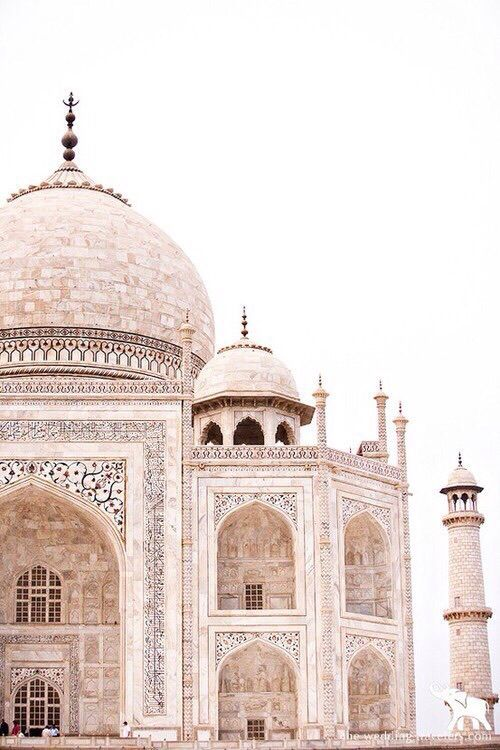
Brief history of Indian carpets
The story of the history of Indian carpets began in the sixteenth century, when the Mughal ruler "Jalal al-Din Abu al-Fath Muhammad Akbar" took over the rule of India. who spent a long time in Persia, and to add some charm and charm to his palace Jalaluddin Akbar brought to the Indian capital Agra a number of the best carpet weavers from Persia.
Indian carpets and ruler Akbar
Craftsmen weavers from Persia were able, thanks to their experience, to start the textile industry in India from scratch, and helped establish carpet-making workshops for the local population and organize weaving districts in Agra, Delhi and Lahore, and that was only the beginning, between 1520-1530 "Jalaluddin Akbar" Prudently reforming the system, he organized textile-making trainings for the prisoners in the jails of Agra.
Indian prison rugs
This method was not only practical, but also a deeply humane approach, as the prisoners turned from mere criminals into craftsmen in the carpet industry, and some of them outperformed their teachers, and the Indian carpets woven by the prisoners bore the name " Indian prison carpets ", and the method earned it Jalal ad-Din Akbar's ingenious thinking created a semi-sacred place, and in addition, Indian prison rugs allowed the development of culture and industry in the Mughal Empire.

Indian carpet designs
High-quality carpets woven from silk, sheep's wool, and even cashmere began to cover the floors in royal courts, and gradually gained fame all over the world. In some rich carpets, golden threads or precious stones were used, and although the antique Indian carpets that were created during the reign of Jalal al-Din Akbar are a copy of the Persian style, they managed a little to show the Indian essence, with patterns that are usually inspired by the life of the Mughal royal court. And some carpets appeared with motifs such as exotic animals and ornate flowers sometimes, and each antique Indian carpet was distinguished by the delightful and deep colors, thanks to the dyes extracted from vegetables, plants, and minerals.

development of Indian carpets
The art of making oriental carpets continued to develop, and after the death of Jalal al-Din Akbar, his son Jahangir ascended to the throne. The Indian carpets that were woven in this period reflected his great taste and fascination with exotic nature and the world of plants. Ornamental flowers, herbal motifs, and earthy color palette dominated the carpet designs completely. At that time, motifs became softer, more feminine, and more sophisticated; So close to life, Indian rugs' attention to detail, original patterns, and superior quality have earned them worldwide recognition.

The influence of nature on Indian carpets
The golden age of carpets continued until the reign of Emperor Shan Jahan, the builder of the Taj Mahal, and because he cared for architecture with interest, the design of antique carpets during his reign naturally extended to depicting landscapes and scenic subjects, and it preserved the charming colors of flowers, and during that mysterious animal patterns also appeared. With all the dragons, mythical beasts and exotic animals, the Indian design has acquired a magical touch.
Indian carpets today
During the reign of Jalaluddin Akbar and his successors, Indian carpets represented first-class workmanship, and imagine, rugs that were intricately woven using 4,224 knots per square inch! The entire production process was very laborious, sometimes taking 15 years or more to complete a single intricate design.

Unfortunately during the nineteenth century, the quality of Indian carpets decreased significantly, and their production slowly declined and high production continued in only a few regions, such as Srinagar, Amritsar, and Agra. The reason is that Indian carpet trends became ubiquitous enough to spread to western markets, and imitation of carpet styles began. Indian carpets filled European stores as a result of massive production and the availability of industrial materials, and since India regained its independence in 1947, Indian carpet production began to recover slowly, and although most weavers moved to Pakistan after the partition, India was able to teach many new craftsmen to make carpets, and within The program trained large groups of women, allowing for a renewal of the carpet market. Today, oriental rugs from India are still among the most valuable and valuable, but what is most striking is the magical, imaginative, and deeply artistic nature of Indian rugs.
Translated by: dorisleslieblau.com
Share

































